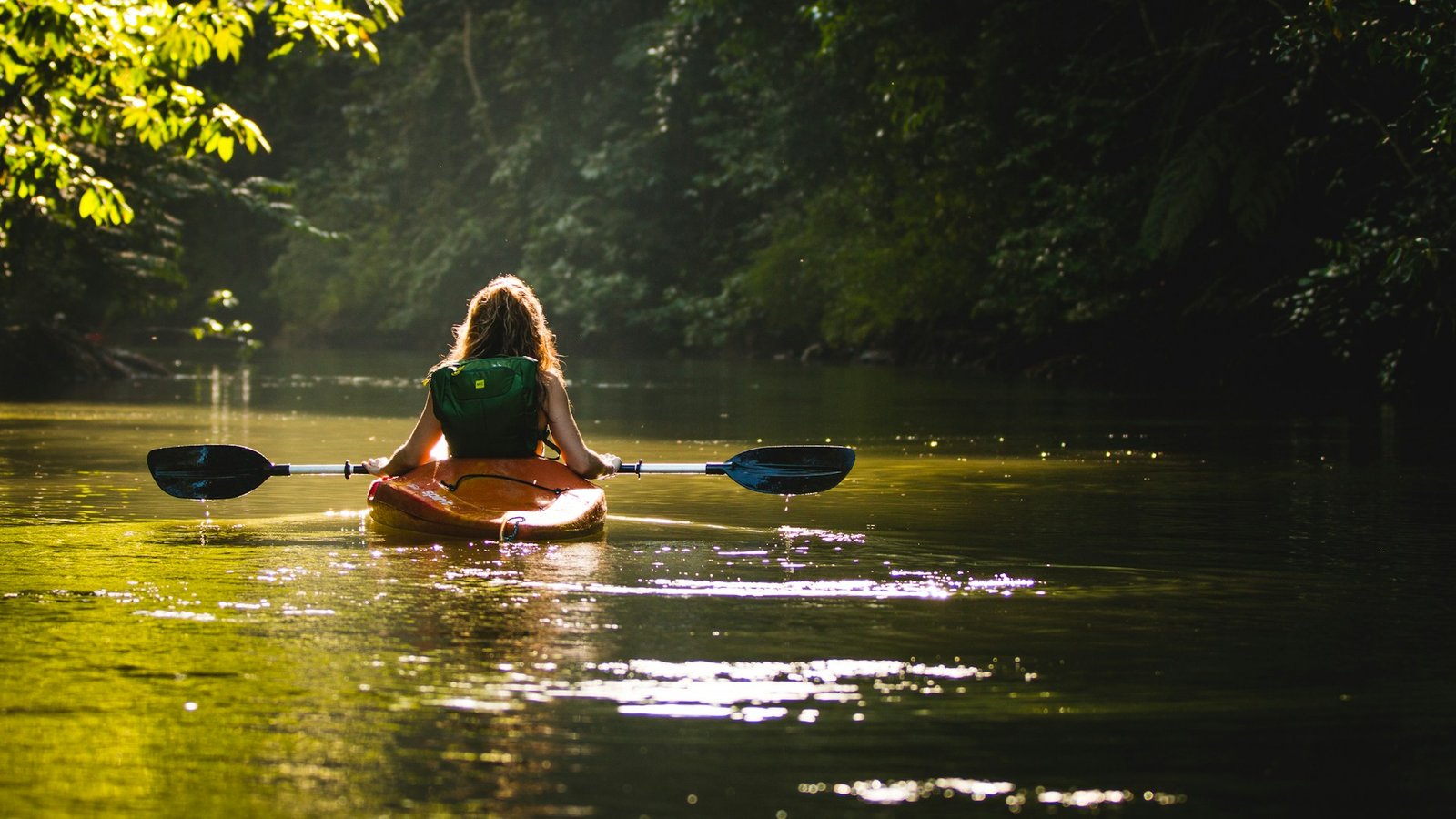Home > North America > Costa Rica > Costa Rica Rentista Visa: A Comprehensive Guide
Costa Rica Rentista Visa: A Comprehensive Guide
What is Passive Income Visa?
Passive Income Visa refers to a visa system where applicants can obtain long-term residency in a destination country based on a certain amount of income/savings without the need to invest or work.
Generally speaking, passive income visa programs in various countries have the following characteristics:
1. Strict limitations on the source of income: The applicant’s income needs to be completely passive, such as interest from savings, financial trusts, pensions, or at least non-wage income like investment returns, dividends, and distributions.
2. Visa holders cannot utilize local resources: In theory, you can only consume in the destination country and cannot seek employment locally. You also need to purchase your own health insurance and cannot use free welfare resources such as medical services.
3. Potential for eventual immigration: Almost all countries with passive income visa programs allow participants to apply for permanent residency or citizenship after legally residing there for a certain period.
If you are interested in a passive income visa, you can read another guide on the website: “Global Passive Income Visas | An Incomplete Guide”.
Costa Rica’s Rentista Visa: An Overview
Costa Rica offers two types of residency visas for foreigners: One is Retirement Visa (Pensionado Visa), which requires a monthly retirement income of at least $1000.
The other, which is the focus of this article, is the Rentista Visa, designed for individuals with a stable income.
For the Costa Rican Rentista Visa, the primary financial requirement is: You must provide proof of a stable, non-salary income of at least $2500 per month.
This income can be from rent, interest on savings, dividends, profits from financial products, as long as it is stable and ongoing.
If your income is insufficient or you prefer not to apply based on income, Costa Rica offers another option for the Rentista Visa:
Deposit $60,000 in a local bank and sign a declaration promising to use only $2500 per month from this deposit to maintain your lifestyle in Costa Rica.
Similar to the Pensionado Visa, Rentista Visa holders must spend at least one day per year in Costa Rica and cannot be employed locally.
Advantages & Disadvantages:
The Costa Rica Rentista Visa is one of the most lenient visas of its kind in the world: it only requires a deposit to apply; adding additional dependents does not affect the income or deposit requirements for the primary applicant; the visa can be converted into permanent residency; holders can work freely in the country and enjoy benefits from the healthcare and education systems.
However, this visa also has a significant drawback: Rentista Visa holders are required to pay taxes in Costa Rica on their overseas income, with annual income tax rates generally ranging from 10% to 25%.

Application Process:
The application process for the Costa Rica Rentista Visa is relatively complex and cannot be completed online. In general, if you want to apply, you need to gather all the necessary documents and submit them to the Costa Rican overseas consulate or the local immigration department (General Directorate of Immigration) to apply for the visa. The visa processing time is approximately 90 days.
Required documents for this program include:
- Applicant identification documents: This includes passports for all primary and secondary applicants, two 2-inch by 2-inch photos, birth certificates, marriage certificates, and other documents proving the relationship between the primary and secondary applicants.
- Application form: You need to fill out an application form that covers the primary applicant’s basic personal information, as well as a letter expressing your intention to live in Costa Rica and explaining why you want to reside there.
- Proof of income: You can provide proof of monthly income or a local deposit certificate.
- Criminal record certificate: All adult primary and secondary applicants must provide a criminal record certificate issued by the regions where they have lived in the past three years.
- Proof of payment for visa fee: The visa fee is $50 per person.
All documents from outside Costa Rica must be notarized; non-Spanish documents need to be translated into Spanish.
If you are applying for a visa through an agency, the agency can handle the translation and notarization for you. If you are applying on your own, you can contact one of the registered translators on the official list provided on the website.
Before the residence permit is issued, all primary and secondary applicants must provide fingerprint information, register locally, and obtain a social security number.
Dependents:
Costa Rica Rentista Visa allows the primary applicant’s spouse, children under 18 years old, and financially dependent children aged 18 to 25 to accompany the primary applicant and settle in the country as dependents.
Visa Validity:
The Costa Rica Rentista Visa is valid for two years and can be renewed under the same conditions for up to ten years.
Foreigners who have legally resided in Costa Rica for three years (living at least 180 days each year) can apply for permanent residency.
Costa Rican permanent residency must be renewed every five years. One of the conditions for renewal is that permanent residents must stay in Costa Rica for at least 72 hours each year.
Citizens of non-Spanish-speaking countries who have legally resided in Costa Rica for seven years, passed a Spanish language test and a test on the country’s history and culture, and have two local people vouch for their good character, can apply for Costa Rican citizenship.
Useful Links:
Costa Rica immigration office: https://www.migracion.go.cr/Paginas/Visas.aspx
Home > North America > Costa Rica > Costa Rica Rentista Visa: A Comprehensive Guide